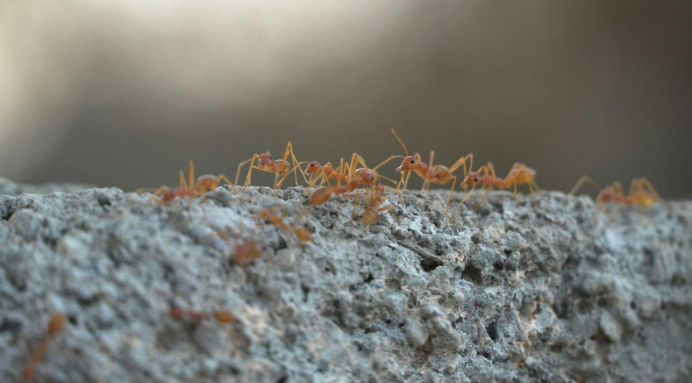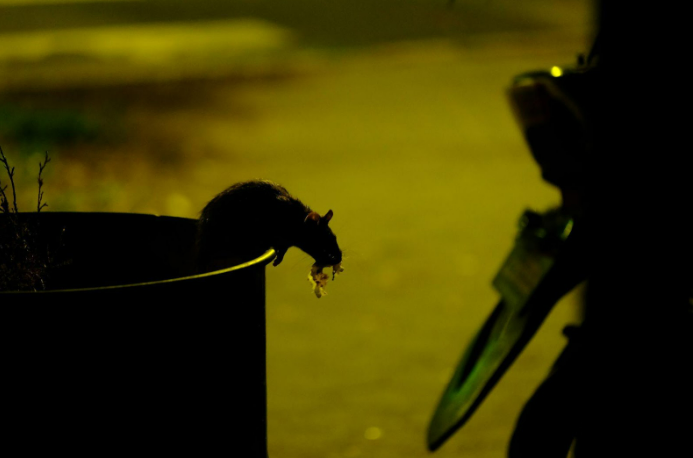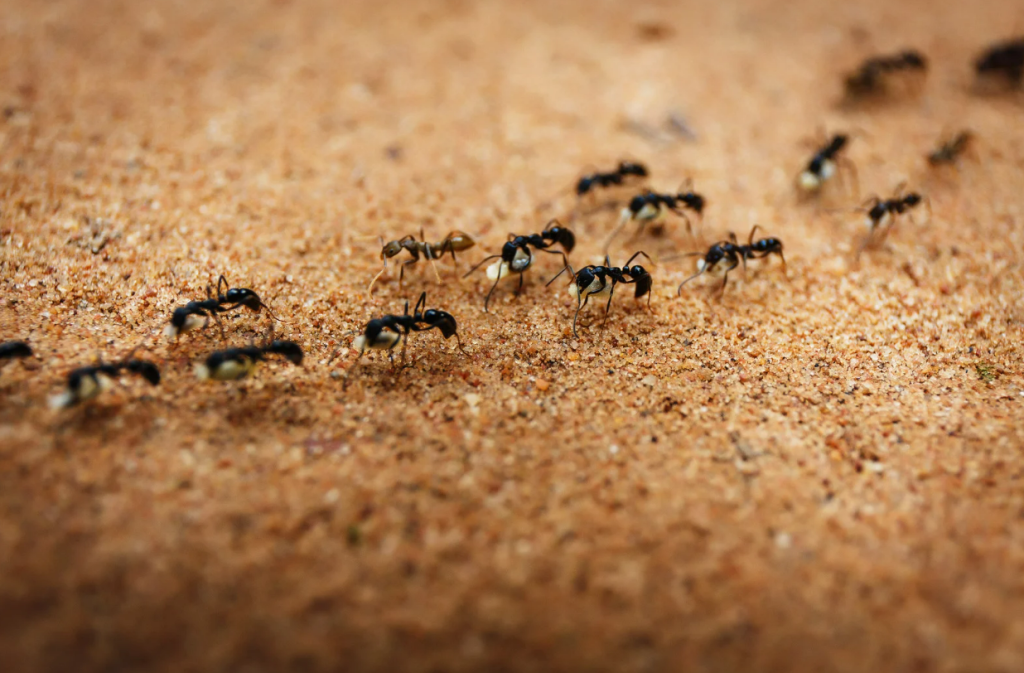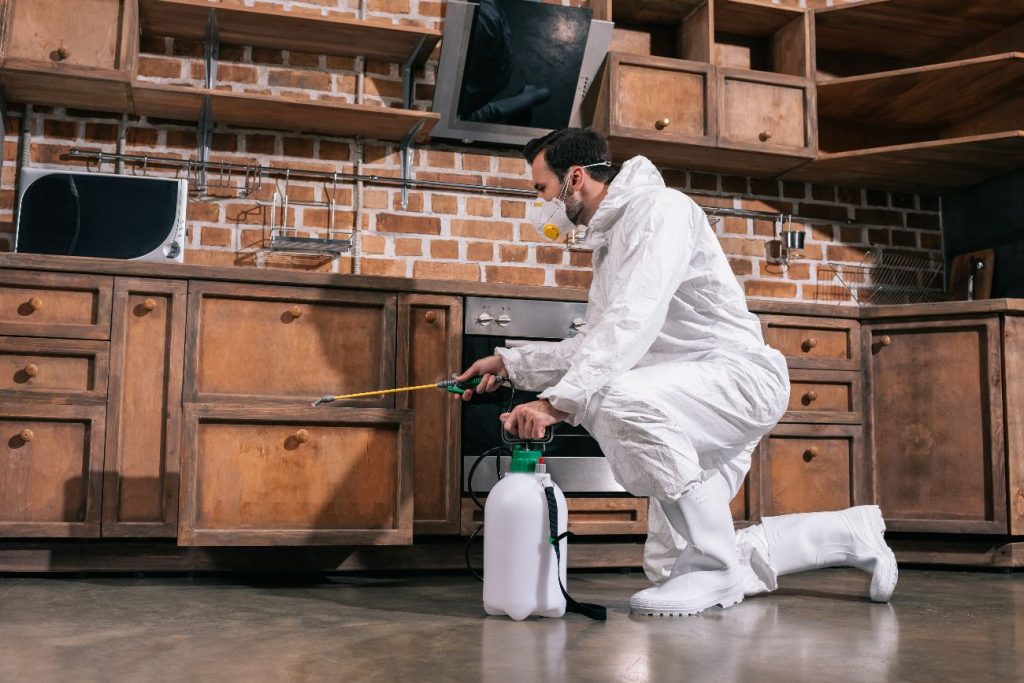Pests rarely announce themselves. A line of sugar scouts shows on the counter, a faint scratch rises in the wall, and the house feels occupied. Infestations grow when food, water, and shelter line up.
The fix begins with noticing small clues and acting early. Identify what attracts common household pests inside, and then remove those. Uninvited visitors become disinterested, and your home begins to feel like your own again with a few consistent routines and a fresh perspective.
Ants to Rodents – Why They Come Back Again and Again
Pests return because conditions stay friendly. A crumb left behind the toaster can become a snack. A slow drip under the vanity becomes a bar. A finger-wide gap near a door becomes a front entrance.
Cleaning aids can help. Whether they are effective depends on the underlying problems. Use caulk or door sweeps to seal entry points. Store pantry items in airtight containers, and promptly address moisture issues.
When issues continue, combine regular inspections with excellent behaviors. Many homeowners rely on effective pest control for homes and businesses, which involves mapping the building, blocking routes, and timing treatments to coincide with life cycles. That is how reinfestation is prevented.

Ants, Roaches, and the Tiny Crowd
Ants trail where sweets or grease sit, and the first scout marks the path so others can file in. Wipe oils, sugar dust, and juice rings, then wash the trail with soapy water to break the signal.
Place tight lids on pet food at night, and move bowls after meals.
Roaches favor damp pockets behind appliances and under sinks. They flatten to fit through seams that seem shut. Lowers the appeal by fixing drips. Run a fan on it and clear the clutter they use as cover.
Inspect window frames, baseboard seams, and utility cutouts with a flashlight. If light shows through, a sealant job is due. Sticky traps at corners help you confirm traffic. Measure progress week to week.
Rodents and Their Backstage Routes
Rodents bring bigger risks. Gnawed wires spark shorts, and shredded insulation ruins energy control. You may notice dark rub marks on baseboards, seed-like droppings, or a skitter after lights out.
Start with exclusion. Close off spaces surrounding vents and pipes, strengthen door sweeps, and cover chimneys with the appropriate screens. Clear stacked cardboard that provides nesting fiber and keeps pet food and bird seed in sturdy containers. Since mice often run with their whiskers grazing a guide, snap traps near wall borders work better than ones in the center of a room.
In warm, humid regions, pressure never lets up, so local insight helps. Trusted Miami pest control specialists read seasonal patterns, identify travel routes, and design a service that fits the climate, not a template.

Make Prevention the Default
Make prevention routine, and it feels easy. Do a quick loop each week. Empty the vacuum canister, clean the trash can rims, and sweep crumbs from secluded areas. To ensure that older food is used first, store pantry products in glass or metal containers. Mark expiration dates and rotate stock regularly.
To prevent insects from staging close, trim plants that touch the siding and remove firewood from the ground. Fix small leaks the day they appear. If you rent, report gaps and plumbing issues quickly. Small chores stack into strong defense, and strong defense keeps drama low.
A Simple Finish: Your Space, Your Rules
Be conscious of your habits first, and then call for help when the pests return, and keep watch. Each sealed seam, cleaned shelf, and dry pipe turns the odds in your favor. It is your home, after all. Set the terms, and the uninvited will remain outside.





